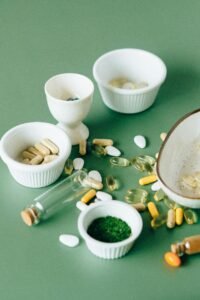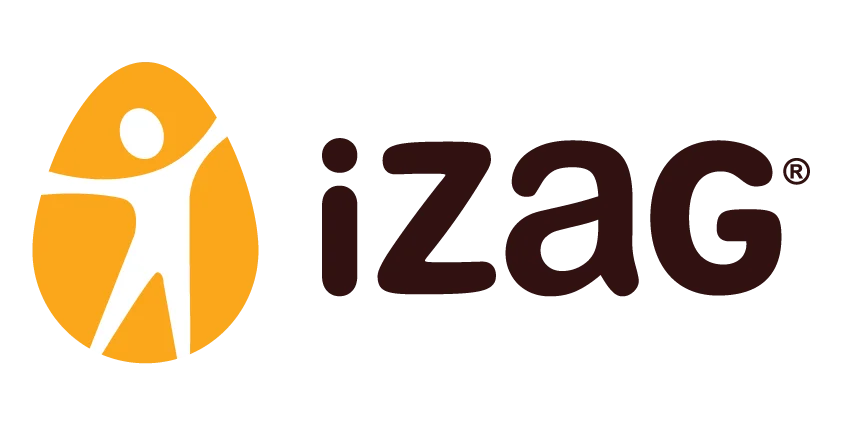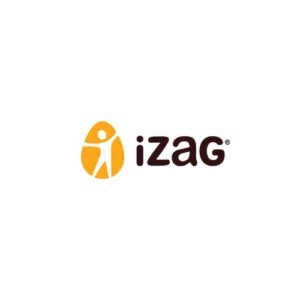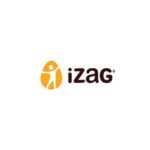When it comes to addressing iron deficiency, many people turn to iron supplements for a quick fix. However, a more holistic and natural approach involves focusing on the iron-rich foods in your diet. By incorporating a variety of nutrient-dense foods, you can effectively boost your iron levels while also benefiting from a range of other essential vitamins and minerals. This approach not only supports better overall health but can also be more sustainable and enjoyable than relying on tablets. In this guide, we’ll explore how to enhance your iron intake through your diet, providing practical tips and delicious options to help you maintain optimal iron levels and promote well-being.

Why Choose Food Over Iron Tablets?
⦁ Nutrient-Rich: Iron-rich foods come with a variety of other nutrients like vitamins, minerals, and fiber that enhance overall health and support the body’s functions. This holistic approach can be more beneficial than isolated iron supplements.
⦁ Improved Absorption: The body absorbs iron more effectively when it comes from food, particularly when combined with vitamin C-rich items that boost absorption. This natural synergy is often more efficient than the iron in supplements.
⦁ Gentler on the Digestive System: Dietary iron is generally easier on the digestive tract compared to supplements, which can cause discomfort and other digestive issues.
⦁ Balanced Intake: Consuming iron through food helps avoid the risk of iron overload, which can be harmful and is a concern with excessive supplementation.
Side Effects of Iron Tablets
⦁ Gastrointestinal Issues: Iron tablets can cause nausea, constipation, diarrhea, and abdominal cramps. These digestive disturbances are common and can make supplement intake uncomfortable.
⦁ Dark Stools: A common side effect is dark or black stools, which can be concerning but usually indicates that the iron is not fully absorbed and is being excreted.
⦁ Metallic Taste: Some people experience a persistent metallic taste in their mouth after taking iron supplements, which can be unpleasant.
⦁ Stomach Irritation: Iron tablets can irritate the stomach lining, potentially exacerbating conditions like gastritis or causing discomfort in those with sensitive stomachs.
⦁ Risk of Overdose: Excessive iron intake from supplements can lead to iron overload, which can damage organs like the liver and heart, particularly in individuals with genetic predispositions.
⦁ Fatigue and Sleepiness: For some, iron tablets can cause drowsiness or a feeling of fatigue, as the body may react to the high doses or the form of iron, leading to a decrease in overall energy levels.
Iron-Rich Foods to Incorporate
1. Meat and Poultry:
⦁ Poultry: Chicken and turkey can provide heme iron, though in smaller amounts compared to red meat.
⦁ Organ Meats: Liver and kidney are particularly high in iron.
2. Fish:
⦁ Tuna: A good source of heme iron and also provides essential omega-3 fatty acids.
⦁ Salmon: Offers a decent amount of heme iron along with healthy fats and protein.
⦁ Sardines: Packed with iron and also provide calcium and omega-3s.
3. Eggs:
⦁ Eggs: They contain a moderate amount of heme iron, and the yolk is particularly rich in this mineral.
Other Iron-Rich Foods
4. Legumes:
⦁ Lentils: High in non-heme iron and a versatile addition to meals.
⦁ Chickpeas: Another excellent plant-based source of iron.
⦁ Beans: Black beans, kidney beans, and pinto beans are all good options.
5. Nuts and Seeds:
⦁ Pumpkin Seeds: High in non-heme iron and can be easily added to salads or snacks.
⦁ Cashews: Provide a good amount of iron along with healthy fats.
⦁ Almonds: Another great source of iron that can be included in various dishes.
6. Leafy Greens:
⦁ Spinach: Rich in non-heme iron and can be used in salads, smoothies, and cooked dishes.
⦁ Kale: Offers a good amount of iron and is versatile in cooking.
7. Fortified Foods:
⦁ Fortified Cereals: Many breakfast cereals are fortified with iron.
⦁ Fortified Breads: Some types of bread are enriched with iron and other essential nutrients.
8. Fruits and Vegetables:
⦁ Dried Fruits: Apricots, raisins, and prunes provide a good source of non-heme iron.
⦁ Tomatoes: Enhance iron absorption and are a tasty addition to many dishes.
Enhancing Iron Absorption
To maximize iron absorption from plant-based sources, pair them with vitamin C-rich foods such as:
Citrus Fruits: Oranges, grapefruits, and lemons.
Bell Peppers: High in vitamin C and can be added to many dishes.
Broccoli: Provides vitamin C and enhances iron absorption from other sources.
By incorporating these iron-rich foods into your diet and combining them with vitamin C sources, you can effectively boost your iron levels and support overall health.
NOTE:- IT IS ALWAYS RECOMMENDED TO CONSULT YOUR HEALTH CARE PROFESSIONAL. ALL DATA SHARED HERE ARE FOR EDUCATIONAL PURPOSES ONLY


